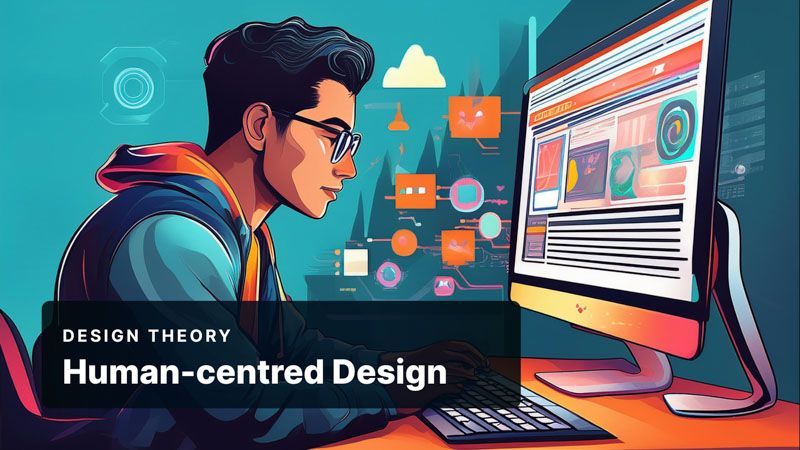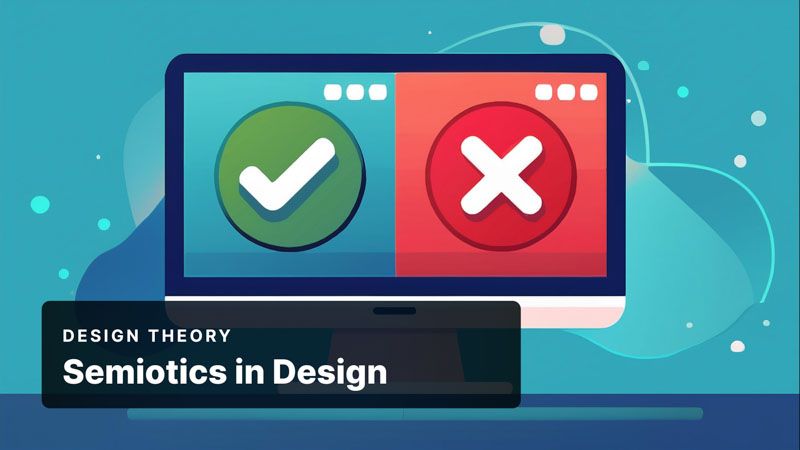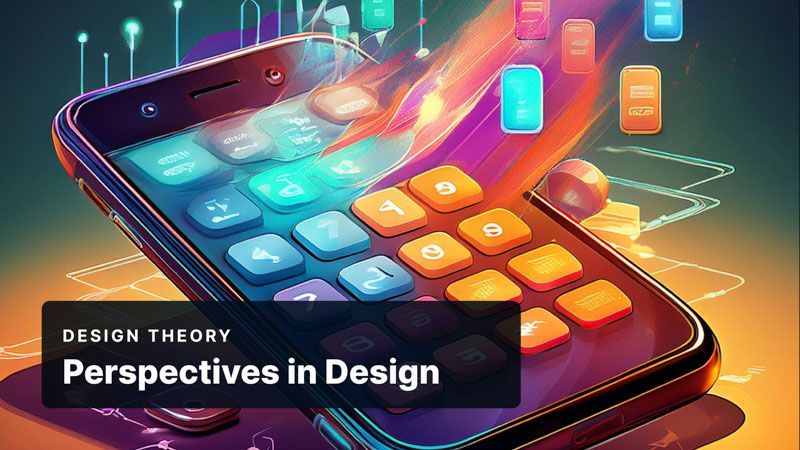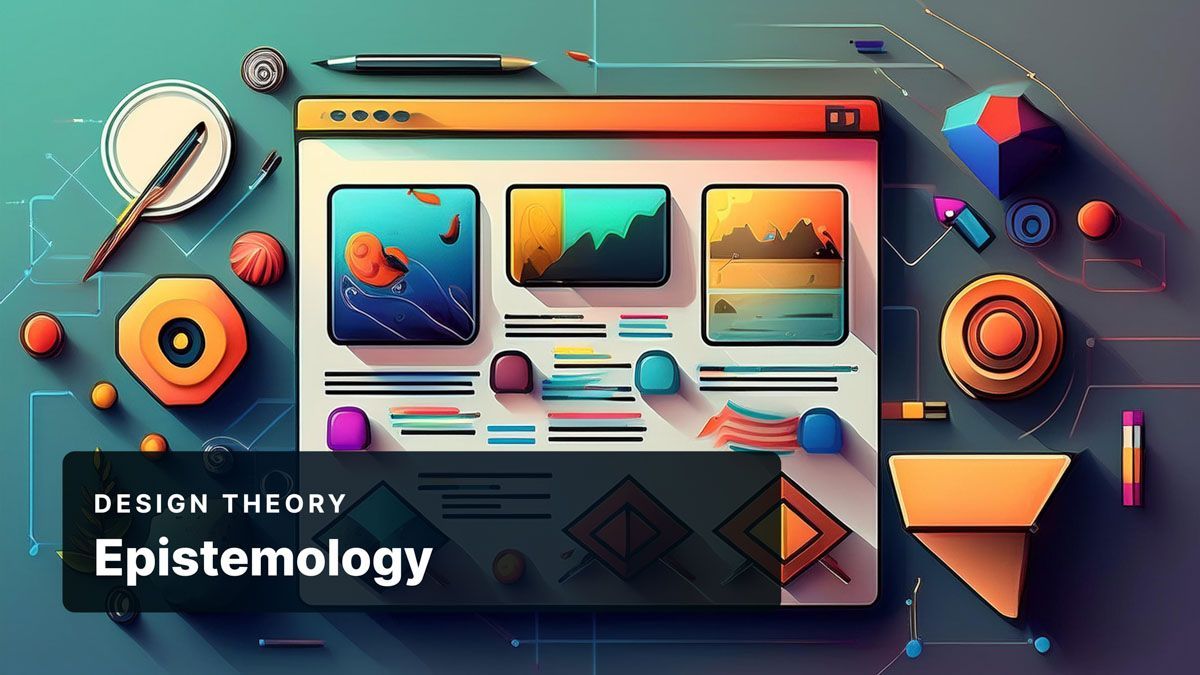Rhys' design journal.
My personal digital journal, where I share some tips and tricks to help you level up your business website, as well as a curation of design theories and topics that I have learnt about over the years. Check back regularly for new content as I continue to refine and migrate posts from my old blog.
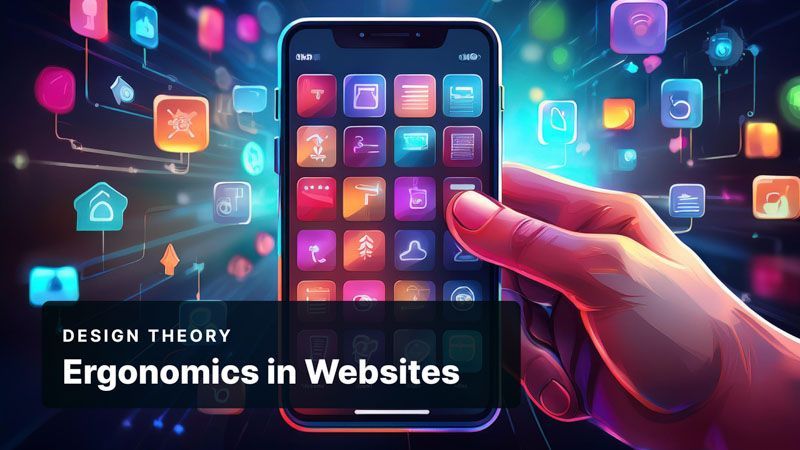
By Rhys Dyson
•
November 24, 2024
In design, ergonomics is about making products and digital spaces that are user-friendly, comfortable, and accessible. Rooted in understanding how people interact with their environments, ergonomics addresses everything from button placement on a website to the shape and positioning of physical objects. Its goal is to prevent discomfort and fatigue, promoting efficiency and enhancing user satisfaction. Let’s explore how ergonomics shapes both physical and digital design spaces. The Core Principles of Ergonomics Ergonomics in design is grounded in several principles focused on user experience. These include user comfort, functionality, accessibility, and efficiency. By integrating these principles, designers can create websites and interfaces that are easy to navigate and comfortable for users, regardless of age, ability, or device. Ergonomics ensures designs align with how humans naturally operate, reducing physical and mental strain. Ergonomics in Digital Design Applying ergonomics to digital design involves examining users' interactions with interfaces, such as where they click, scroll, and type. For instance, placing important navigation elements within thumb’s reach is essential on mobile devices to enhance user experience. Ergonomics can even influence the colour and contrast in a design to improve readability, benefiting users with different visual abilities. Prioritising ergonomics in web design means delivering intuitive, enjoyable experiences that naturally fit users' needs and abilities. Creating Accessible Web Designs Accessibility is integral to ergonomic design. Accessible design considers a wide range of users by ensuring that interfaces are usable for people with disabilities. Features like keyboard-friendly navigation, screen-reader compatibility, and captioned videos all enhance accessibility. These adjustments don’t just follow best practices; they also expand the website’s reach and inclusivity, allowing more users to engage comfortably with content. Reducing Cognitive Load Minimising cognitive load – the mental effort required to process information – is essential for ergonomic design. Designers can achieve this by keeping interfaces simple, focusing on intuitive navigation and clear calls to action. Clean layouts and well-organised content help users easily find the information they need, leading to a smoother, more satisfying browsing experience. The Role of Feedback in Ergonomic Design Feedback plays a vital role in ergonomic design, especially in digital interfaces. Visual cues, like button animations or colour changes, provide users with immediate responses to their actions, making navigation clearer and reducing user confusion. Feedback supports a seamless user experience, signalling that their actions are being recognised and processed as intended.

By Rhys Dyson
•
November 2, 2024
What is Ontology? Ontology, often referred to as the "study of being," explores the essence of existence, our interaction with reality, and our ways of being. In design, ontology considers the impact of artefacts on our lives, shaping our routines, environment, and understanding of the world.

By Rhys Dyson
•
November 24, 2024
In design, ergonomics is about making products and digital spaces that are user-friendly, comfortable, and accessible. Rooted in understanding how people interact with their environments, ergonomics addresses everything from button placement on a website to the shape and positioning of physical objects. Its goal is to prevent discomfort and fatigue, promoting efficiency and enhancing user satisfaction. Let’s explore how ergonomics shapes both physical and digital design spaces. The Core Principles of Ergonomics Ergonomics in design is grounded in several principles focused on user experience. These include user comfort, functionality, accessibility, and efficiency. By integrating these principles, designers can create websites and interfaces that are easy to navigate and comfortable for users, regardless of age, ability, or device. Ergonomics ensures designs align with how humans naturally operate, reducing physical and mental strain. Ergonomics in Digital Design Applying ergonomics to digital design involves examining users' interactions with interfaces, such as where they click, scroll, and type. For instance, placing important navigation elements within thumb’s reach is essential on mobile devices to enhance user experience. Ergonomics can even influence the colour and contrast in a design to improve readability, benefiting users with different visual abilities. Prioritising ergonomics in web design means delivering intuitive, enjoyable experiences that naturally fit users' needs and abilities. Creating Accessible Web Designs Accessibility is integral to ergonomic design. Accessible design considers a wide range of users by ensuring that interfaces are usable for people with disabilities. Features like keyboard-friendly navigation, screen-reader compatibility, and captioned videos all enhance accessibility. These adjustments don’t just follow best practices; they also expand the website’s reach and inclusivity, allowing more users to engage comfortably with content. Reducing Cognitive Load Minimising cognitive load – the mental effort required to process information – is essential for ergonomic design. Designers can achieve this by keeping interfaces simple, focusing on intuitive navigation and clear calls to action. Clean layouts and well-organised content help users easily find the information they need, leading to a smoother, more satisfying browsing experience. The Role of Feedback in Ergonomic Design Feedback plays a vital role in ergonomic design, especially in digital interfaces. Visual cues, like button animations or colour changes, provide users with immediate responses to their actions, making navigation clearer and reducing user confusion. Feedback supports a seamless user experience, signalling that their actions are being recognised and processed as intended.
Design theories and philosophies.
A collection of design theories and principles from my studies in interactive and visual design at QUT.
By Rhys Dyson
•
December 1, 2024
Learn how Gestalt principles can elevate your web design by creating a unified, user-friendly layout. Discover techniques for applying proximity, similarity, and more for seamless interactions.
By Rhys Dyson
•
November 22, 2024
Discover essential layout and composition principles to create web designs that balance space, hierarchy, and alignment. Learn how strategic design enhances usability and user experience.
By Rhys Dyson
•
November 14, 2024
Explore how colour theory enhances web design by evoking emotions, reinforcing brand identity, and guiding user flow. Learn how colour impacts usability, accessibility, and user experience.
By Rhys Dyson
•
November 11, 2024
Explore the impact of typography in web design. Learn how to create visual hierarchy, guide user flow, and balance aesthetics with functionality to enhance user experience.
By Rhys Dyson
•
November 10, 2024
Learn how to choose, edit, and prepare images for your website to enhance user experience, brand identity, and performance. Discover tips for integrating visuals to create a cohesive, professional look that resonates with your audience.
By Rhys Dyson
•
December 1, 2024
Learn how Gestalt principles can elevate your web design by creating a unified, user-friendly layout. Discover techniques for applying proximity, similarity, and more for seamless interactions.
By Rhys Dyson
•
November 22, 2024
Discover essential layout and composition principles to create web designs that balance space, hierarchy, and alignment. Learn how strategic design enhances usability and user experience.
By Rhys Dyson
•
November 14, 2024
Explore how colour theory enhances web design by evoking emotions, reinforcing brand identity, and guiding user flow. Learn how colour impacts usability, accessibility, and user experience.
By Rhys Dyson
•
November 11, 2024
Explore the impact of typography in web design. Learn how to create visual hierarchy, guide user flow, and balance aesthetics with functionality to enhance user experience.
By Rhys Dyson
•
November 10, 2024
Learn how to choose, edit, and prepare images for your website to enhance user experience, brand identity, and performance. Discover tips for integrating visuals to create a cohesive, professional look that resonates with your audience.
Visual Design Principles.
A collection of design principles that I follow in my web and product design.
A collection of other thought pieces on design.
General Design Topics.
A series of posts around technical topics, from hosting, domains and specific website platforms.


